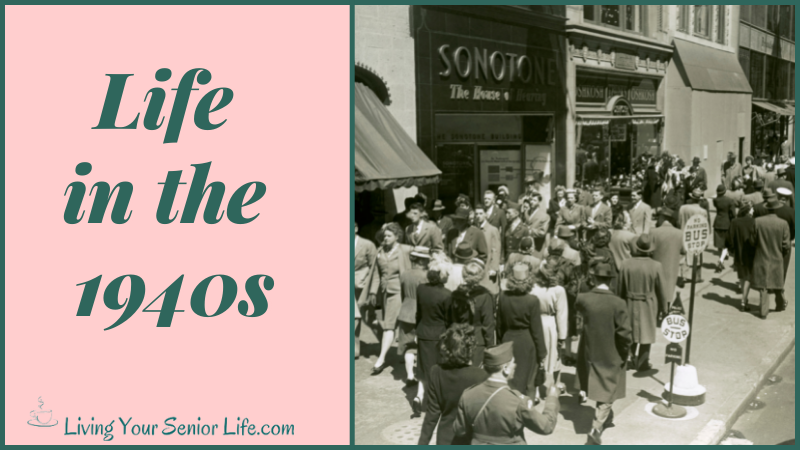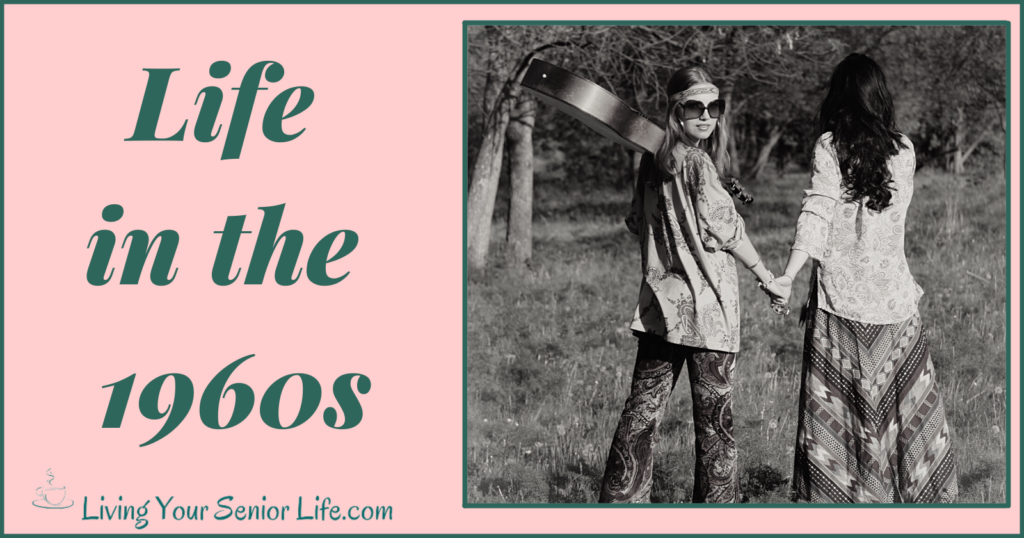Whether you experienced the 1940s or are just curious, Life in the 1940s – A Trip Down Memory Lane will give you insight into some of the events, fads, and lifestyles that mark that decade.
Taking a journey through the 1940s offers a fascinating glimpse into a pivotal time that shaped American life. This was an era beginning with the lingering effects of the Great Depression and transitioning into the developments of World War II.
The decade was stamped by the commencement of global conflict after the attack on Pearl Harbor, propelling the United States into a fervent war effort.
This period of American history also saw significant social changes, from the emergence of new styles and entertainment to the transformations on the home front involving American women and the civil rights movement.
The 1940s were not merely about hard times; it was a decade that left an indelible mark on U.S. history with its cultural change, the innovation of new looks in fashion like Christian Dior’s “New Look,” and unforgettable icons of the time such as Judy Garland and Humphrey Bogart.
The influence of this important decade stretched from the pages of Life magazines to the first time families gathered around to watch Canadian army newsreels in their dining rooms.
Understanding this era requires delving into a vibrant array of historical events, the common styles, and the available information that reflects the American spirit during the war years and beyond.
Key Takeaways:
- The 1940s in America was a period of transformation beginning with the aftermath of the Great Depression and evolving through World War II.
- Cultural milestones of the 1940s included the advent of new fashion trends, iconic entertainment, and significant shifts in social norms and civil rights.
- The decade’s events are encapsulated in various media from that time, from periodicals to newsreels, which serve as windows into the lives of the American people during those pivotal years.
Life in the 1940s – Events
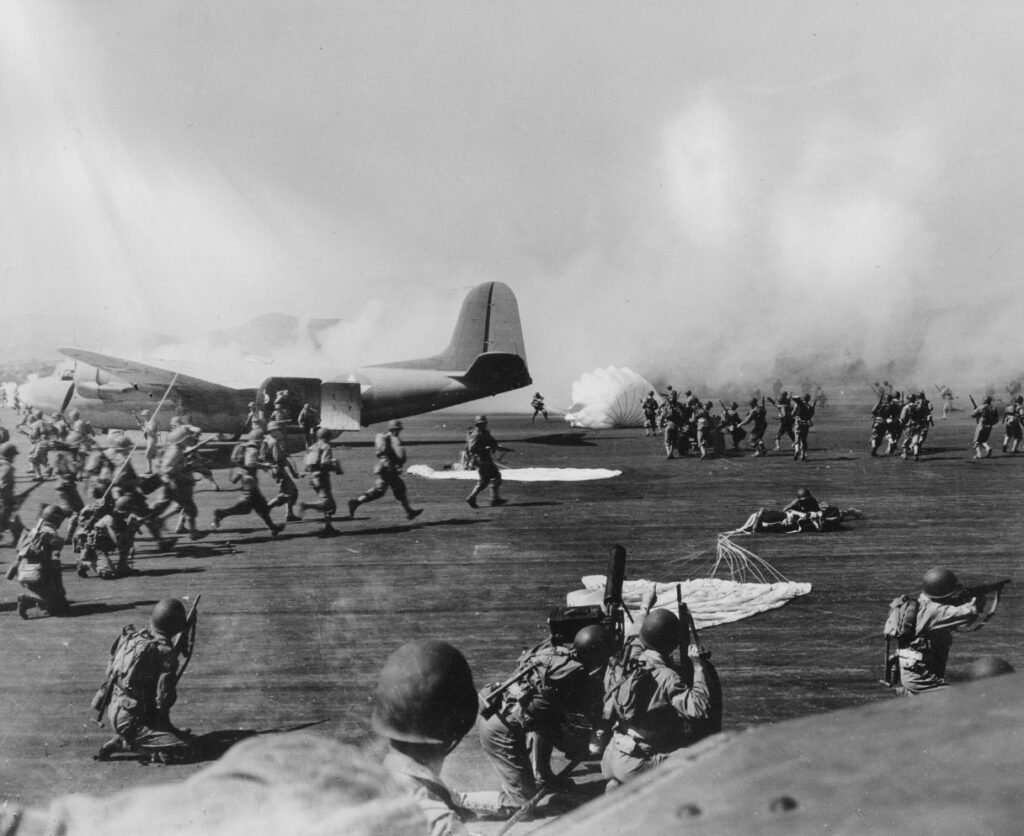
The Global Conflict of the 1940s – War II
As the 1940s began, the world found itself embroiled in a vast conflict. Germany expanded its reach aggressively, consuming territories such as Poland and France, which ignited the devastating World War II.
The United States maintained a stance of neutrality until the attack on Pearl Harbor by Japan catapulted it into the warfront, shifting the life of every American and merging the home front with the war effort. This was a surprise military assault on the United States naval base at Pearl Harbor, Hawaii, by the Imperial Japanese Navy on December 7, 1941. The objective of the raid was to destroy American military forces. The attack destroyed more than two-thirds of the U.S. Pacific Fleet and brought America into World War II.
The Holocaust, where the mass genocide of the European Jews by Nazi Germany and its collaborators, took place between 1941 and 1945. It has been estimated that between 11 million and 17 million people were Holocaust victims.
The United States Army Air Forces sent support for Poles on September 18, 1944, when a flight of 110 B-17s of the 3 division Eighth Air Force airdropped supply for soldiers.
The Western Allied forces landed on the beaches of Normandy in France on June 6, 1944.
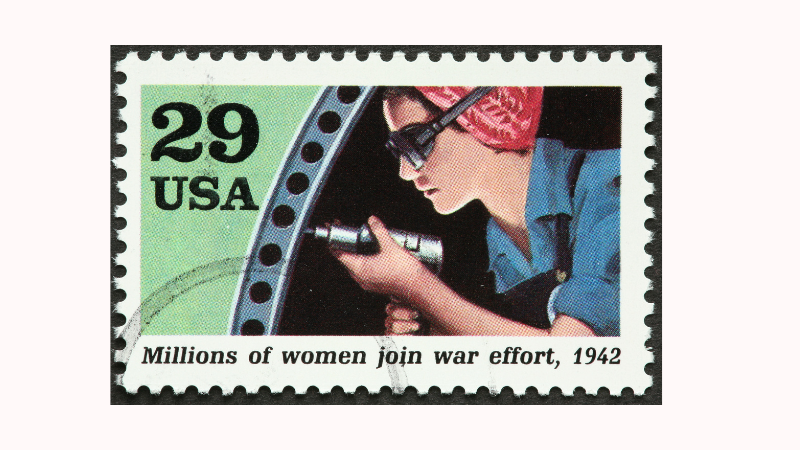
With men having entered the military to fight for the country, women were now needed to take the place of these men in the workplace. Nearly 19 million women in the United States held jobs. An iconic figure for these women is known as Rosie the Riveter.
| Event | Date | Impact |
|---|---|---|
| Pearl Harbor | Dec 7, 1941 | US enters WWII |
| D-Day | June 6, 1944 | Allied Normandy landings |
| Women in Workforce | 1940s | Rise of women’s employment |
World War II Comes to an End
The tide turned for the Allies with notable events leading to victory in Europe—including the successful D-Day invasion. Germany surrendered in May 1945 with the German Instrument of Surrender, which ended the war in Europe.
The United States detonated the first ever use of nuclear bombs over the Japanese cities of Hiroshima and Nagasaki on August 6 and 9. Japan surrendered on August 15, 1945 bringing the Second World War to an end in September 1945..
After WW II ended in 1945, The United Nations was formed with a vision to maintain international peace and security. The United Nations Charter was signed on June 26, 1945, by the representatives of 50 countries and took effect on October 24, 1945.
Another important organization that came into being at this time is the North Atlantic Alliance. There are 28 European countries and 2 North American countries that are a part of the Alliance. A treaty, NATO (North Atlantic Treaty Organization), was developed. The purpose of NATO is for the members to agree to mutual defense in response to an attack by any external party. The treaty became official on April 4, 1949.
Emergence of the Cold Conflict – The Cold War
Post-war, the world didn’t find the peace it longed for. Instead, tensions rose between two emerging superpowers: the United States and the Soviet Union. This gave rise to the Cold War, an era marked not by direct military clashes but by political, economic, and ideological rivalries that lasted for decades.
The Cold War came to an end in 1991 when Russia dissolved into 15 republics.
President Franklin D. Roosevelt
President Franklin Roosevelt was the 32nd President of the United States. He led America during through some of its most challenging times, from the depths of the Great Depression to the war years.
During his time as president, FDR created many programs that are still in use today, including Social Security, The Wagner Act (which helped usher in an era of unionization), and New Deal initiatives like The Works Progress Administration (WPA) and the Civilian Conservation Corps (CCC).
In addition, he led America into World War II by issuing Executive Order 9066, which allowed for the internment of over 100 thousand Japanese Americans on US soil.
President Roosevelt was elected to an unprecedented fourth term. He passed away a few weeks later due to complications from polio.
Automobiles
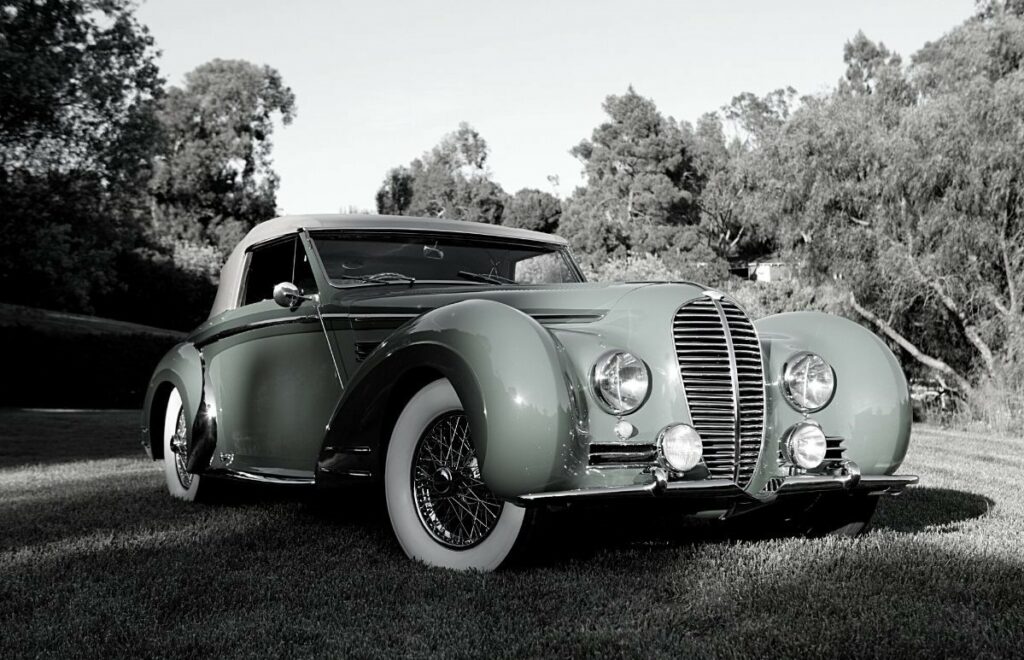
During the 1940s, the automobile industry experienced significant disruptions. As the United States entered World War II post the attack on Pearl Harbor, industrial priorities shifted dramatically to support war efforts. Production lines were shut down, and the government managed all existing unsold cars to aid in the war effort. These unsold autos were left from 1941 and 1942 and rationed out as needed for civilian and military use.
Post-war, the industry restarted in 1946, marking a cultural resurgence. Iconic models like the Plymouth Deluxe and Cadillac Convertible brought a new look to American life.
This period also saw NASCAR® debut in Daytona Beach, bringing excitement and entertainment, a respite reminiscent of movie theaters during the Great Depression.
- Considered by some to be the most beautiful cars of the 1940s include:
- Pontiac Streamliner
- Alfa Romeo
- Triumph Roadster
- Plymouth Deluxe
- Maserati
- Jaguar Roadster
- Ferrari Barchetta
- Porsche
- Ford Club Coupe
- Cadillac Convertible/Coupe
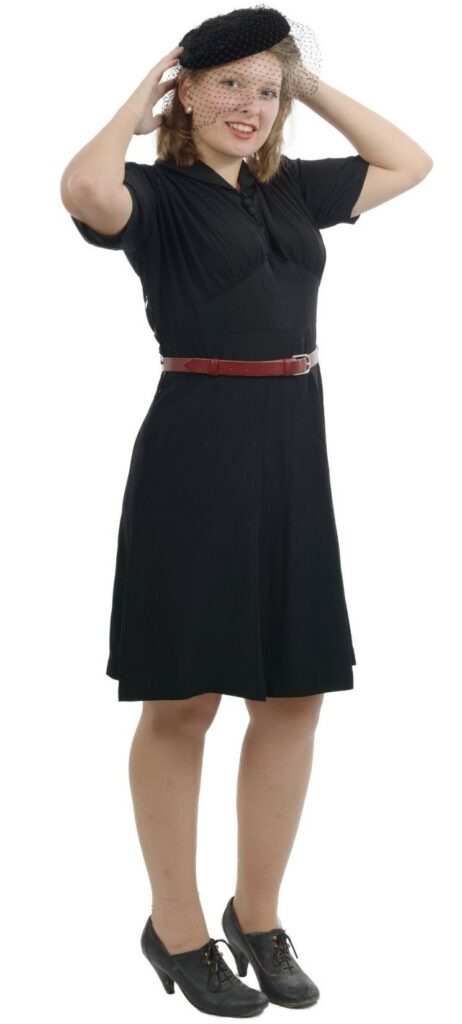
Fashion
Dresses
Due to the rationing of fabric, dresses became shorter than those seen in the previous decade. Mid-calf dresses were no longer the fashion trend as the knee-length dress came into style.
They boasted various necklines such as the sweetly cut sweetheart, the classic wrap, and the modest button-down. These trends reflected the thrifty era, necessitated by widespread fabric rationing.
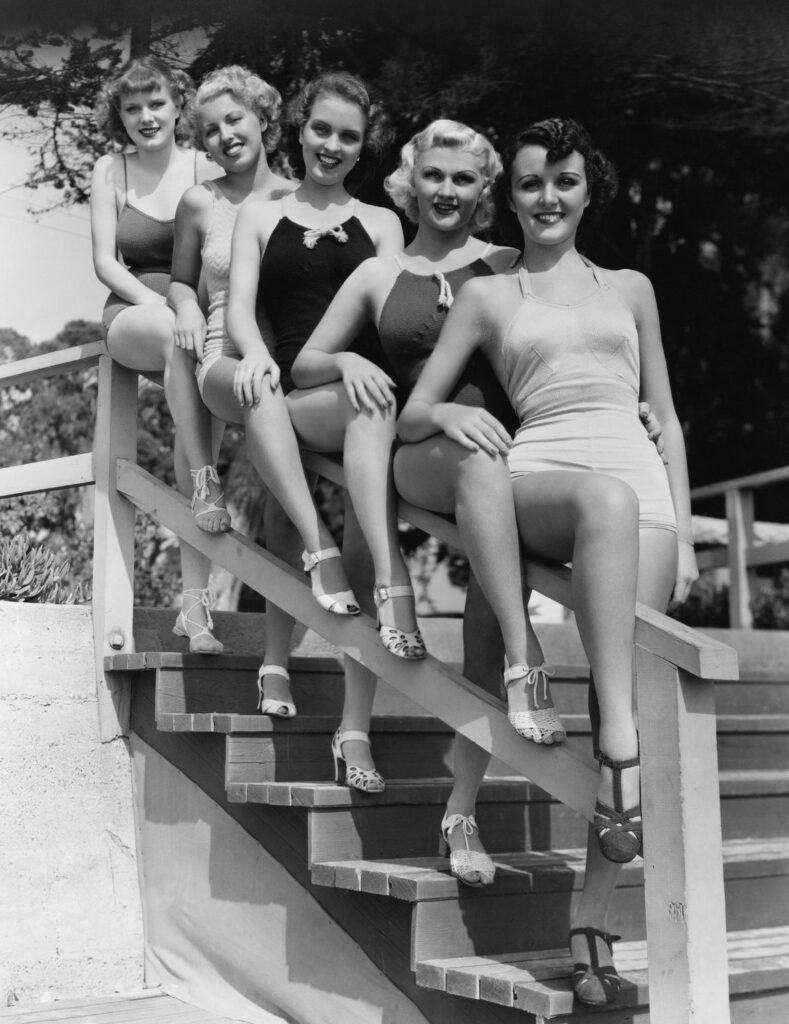
Bathing Suits
You’d find the one-piece as the staple for bathing suits, but post-World War II innovation led to the two-piece and bikini emerging.
On July 5, 1946, the bikini arrived with a splash, carving its place in swimwear history.
Shoes
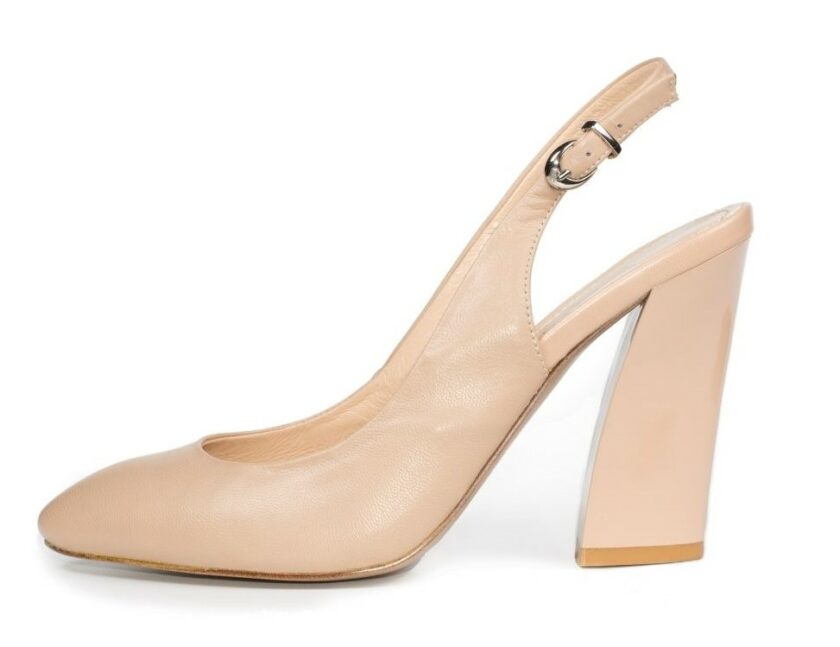

Vogue in Women’s Footwear
- Mary Janes: A touch of timelessness with a single strap.
- Oxfords: Lace-up reliability for a sturdy stride.
- Peep Toe: Flirty footwear with a hint of toe.
- Pumps: Elevated elegance in heeled design.
- Slingback: Classic heels with a securing back strap.
Men’s Footwear Vogue
- Boat Shoes: Casualwear that combines comfort and style.
- Half Boots: Ankle-high protection meets fashion.
- Loafers: Slip into effortless sophistication.
- Oxfords: The definitive style for polished presence.
Hair Styles
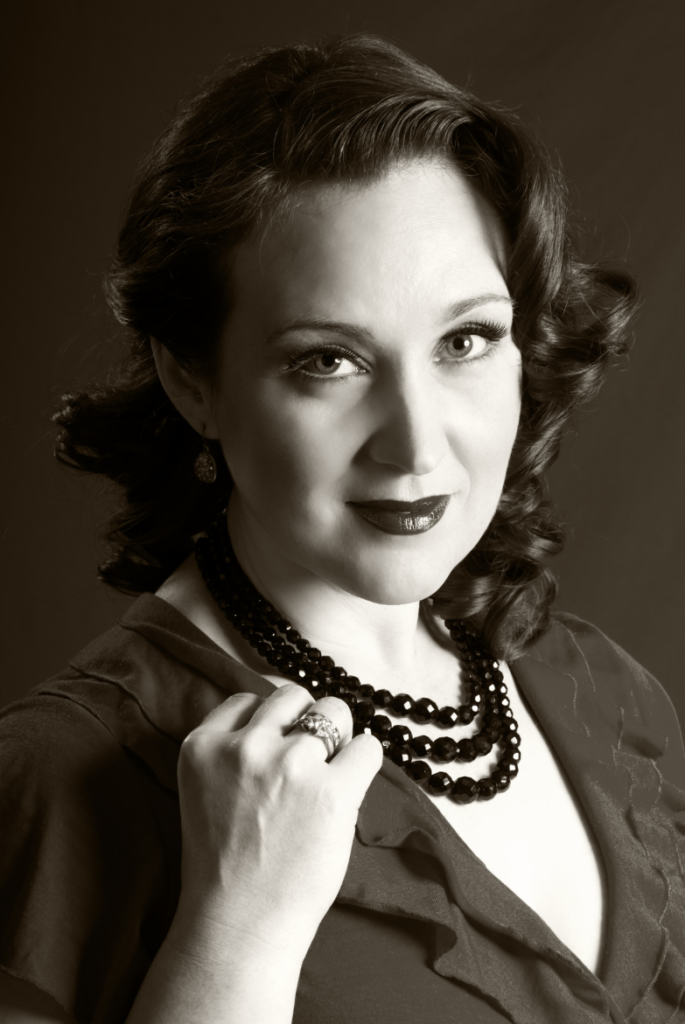
In the early years of the decade, women’s hair was somewhat short, with tight ring curls around the face. By 1943 hair was usually worn shoulder-length with curls and volume. Hair was set in pin curls overnight and brushed out in the morning. A popular hairstyle had hair half up and half down.
In the early to mid-1940s, men’s hair was short on the sides and back and longer on top. Hair was parted on the side or smoothed back. As the later years of the decade came, men’s hairstyles gained more height and more waves.
Entertainment
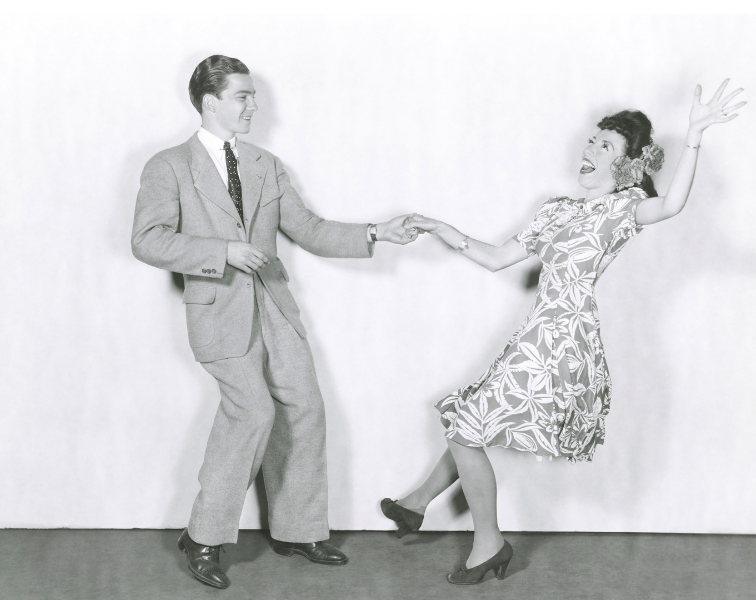
Dance
With many people gyrating to its upbeat tempos popular in this era was a dance style known as the Swing. Whether swinging across a grand ballroom or turning up the heat at a local hotspot, people are immersed in rhythms like the Foxtrot and the Jitterbug.
Popular Dances of the 1940s Include:
- Foxtrot
- Jitterbug
- Mambo
- Samba
- Rumba
- Swing
Music
Harmonic Melodies and Cultural Icons
- Bing Crosby and Perry Como
- Capture the American spirit with melodious tones.
- Glenn Miller and Tommy Dorsey
- Leaders of the big band sound, instrumental in crafting those catchy swing riffs.
- Ink Spots & Harry James
- Harmonizing and trumpeting sounds that define a generation.
People found themselves wrapped in a musical tapestry woven by Bing Crosby’s “White Christmas” or swaying to Glenn Miller’s “Chattanooga Choo Choo”, while on the home front during World War II.
The war years, as much about bolstering spirit and unity on the home front as on the front lines, resonated in the harmonies that filled American homes and dance halls. With Sammy Kaye and Vaughn Monroe, each note added to the pages of life’s magazine, contributing to the soundtrack of an important decade in American history.
Popular Songs of the 1940s Include:
- Only Forever (1940)
- Chattanooga Choo Choo (1941)
- White Christmas (1942)
- Paper Doll (1943)
- I’ll Be Seeing You (1944)
- Sentimental Journey (1945)
- Let It Snow (1946)
- Peg O’ My Heart (1947)
- I’m Looking Over a Four Leaf Clover (1948)
- Some Enchanted Evening (1949)
Popular Musical Artists
- Bing Crosby
- Jimmy Dorsey
- Glenn Miller
- Harry James
- Perry Como
- Sammy Kaye
- Freddy Martin
- Vaughn Monroe
- Tommy Dorsey
- Ink Spots
Video: Top 20 Greatest Hits 1940-1949
Chart-Topping Film Experiences of the ’40s
Our exploration of ’40s cinema isn’t complete without acknowledging the decade’s celebrated film masterpieces. Movie theaters became a sanctuary during hard times, offering a respite from the war years and the lasting impact of the Great Depression.
Films like “Casablanca,” with Humphrey Bogart and Ingrid Bergman, not only won the Academy Award but also captured the complexities of love and sacrifice on the home front. The powerful storytelling of “Citizen Kane” revolutionized American cinema and is frequently lauded for its innovative techniques.
For those seeking a mix of fantasy and timeless animation, Walt Disney’s “Fantasia” provided a colorful escape, influencing both American culture and the animation industry.
In the realm of the noir genre, “The Maltese Falcon” entrenched itself within the pages of U.S. history as a staple, while “The Third Man,” arriving at the close of the decade, echoed the social changes and uncertainties of the time.
Not to be overlooked, Charlie Chaplin’s “The Great Dictator” boldly satirized the rise of totalitarian regimes, becoming an important historical document of political commentary through the lens of film.
These titles are not just cinematic achievements but also chronicles of an important decade, reflecting American life and culture in their narratives.
Popular Movies of the 1940s Include:
- Citizen Kane (1941)
- Casablanca (1942)
- It’s A Wonderful Life (1946)
- The Maltese Falcon (1941)
- The Grapes of Wrath (1940)
- The Third Man (1949)
- Fantasia (1940)
- The Philadelphia Story (1940)
- The Treasure of the Sierra Madre (1948)
- The Great Dictator (1940)
Video: It’s a Wonderful Life Movie Clip
Games/Toys
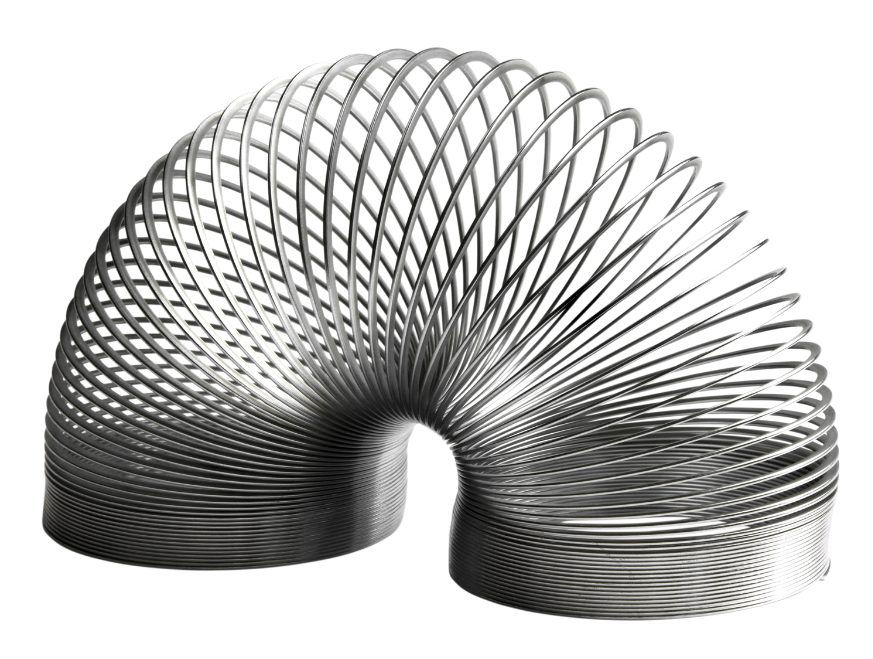
Popular Games and Toys Originating in the 1940s Include:
- Slinky: A classic American toy spiraling since the 1940s.
- Candyland: Emerge victorious in this sweet board game adventure.
- Legos: Construct your own miniature worlds; creativity in interlocking bricks.
- Magic 8 Ball: Predict your future with a simple shake.
- Silly Putty: Stretch and squeeze your stress away.
Miscellaneous Facts
During the transformative years of the 1940s, you witnessed both American life adapting to wartime demands and significant milestones.
The era saw the beginning of World War II, which greatly influenced the home front, with American women taking on roles that developed a new sense of independence.
You’ll find articles detailing how Jackie Robinson broke the color line in Major League Baseball, a momentous shift in American sports and a harbinger for broader social changes and civil rights progressions.
The economic landscape, shaped by the New Deal and lingering effects of the Great Depression, transformed into a booming post-war economy, marked by a significant increase in homeownership and affluence.
Technological innovations flourished, as evidenced by the introduction of ENIAC, regarded as the progenitor to modern computing.
The American people, weary from the hard times of the 1930s and the war years, embraced the new look in fashion introduced by Christian Dior and saw a spike in church attendance.
Pivotal technological advances enhanced both the economy and American life with the development of cell phones and other innovations.
| Year | Event | Impact |
|---|---|---|
| 1942 | Manhattan Project Begins | Ushered in the atomic age |
| 1947 | Jackie Robinson’s Debut | Challenged racial barriers in sports |
| 1947 | Sound Barrier Broken | Advanced aeronautical research |
| 1948 | Introduction of Big Bang Theory | Revolutionized our understanding of the universe’s origins |
| 1949 | Publication of “1984” | Added a seminal work to dystopian literature |
Additional Reading
Final Words
In taking a look at Life In The 1940s – A Trip Down Memory Lane, I hope you were able to revisit some fond life events. If you hadn’t lived during that decade, my hope is you were able to learn something new about the decade.
If you have any memories of the 1940s you would like to share, I would love to read them; please comment below.
